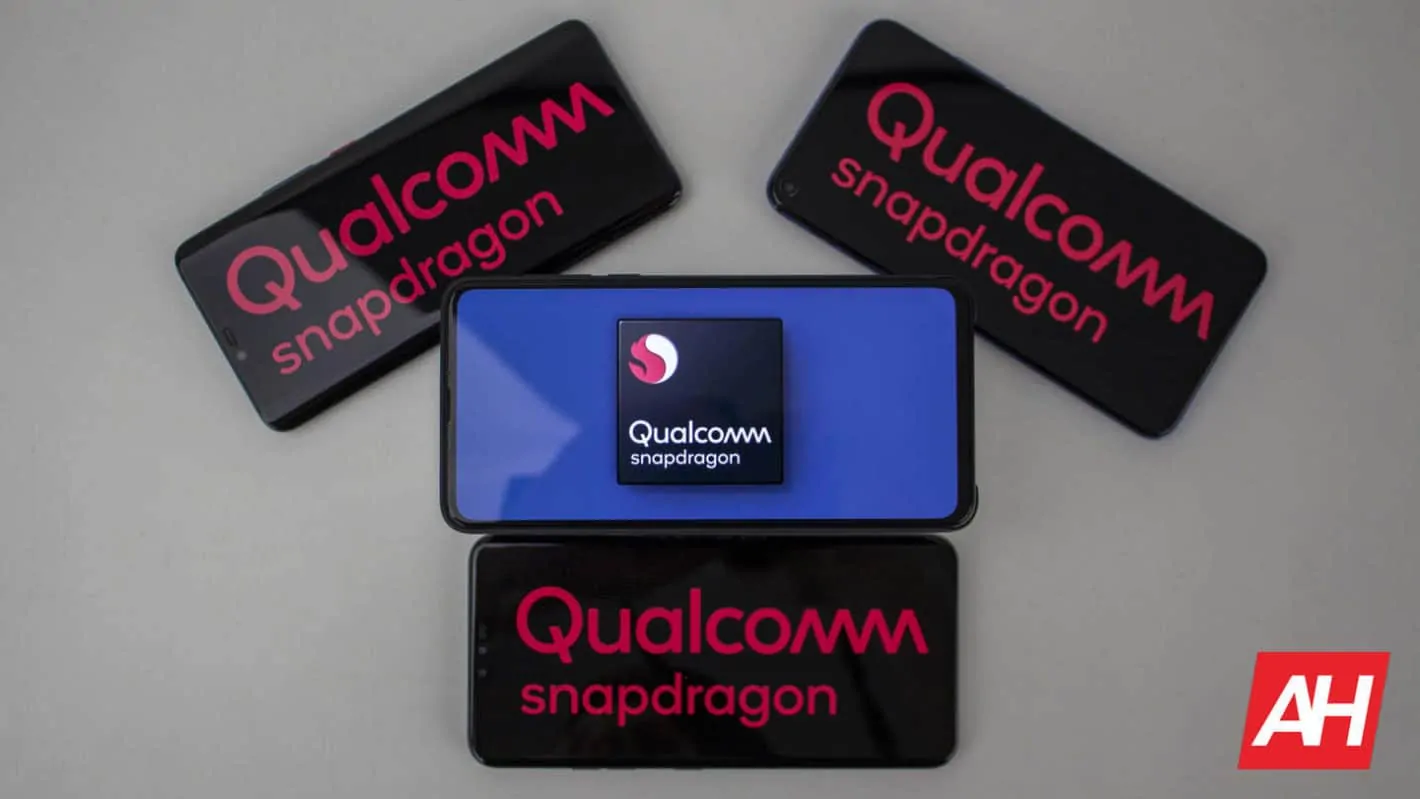Once upon a time, the latest generation of processors focused entirely on processing power and energy efficiency. Nowadays, most phones have plenty of processing power for the everyday needs of users and, as such, chipset makers like Qualcomm are focusing on making tech that’s smarter. The Snapdragon 855 marks the launch of Qualcomm’s 4th generation dedicated Artifical Intelligence (AI) Engine, a new generation that’s 3x more powerful than the previous generation included in 2018’s Snapdragon 845, and Qualcomm says, 2x as powerful as the leading competitor’s chipset. While the processing power and energy efficiency of the Snapdragon 855 is impressive enough, Qualcomm’s AI Engine is certainly the most important new part of the puzzle.
What exactly does an AI Engine do? Aside from some fun buzzwords, the AI Engine powers seamless experiences throughout the user interface, starting with the camera. The LG G8 ThinQ and LG V50 ThinQ both utilize this new platform for Google Lens within the camera, helping these phones recognize text and objects four times faster than if it were done solely on the CPU. LG and other OEMs like Sony, Samsung, Xiaomi, and OPPO have all announced brand new phones at MWC this year that utilize this same hardware platform for a myriad computational photography enhancements including portrait mode-style bokeh for one or two cameras, scene detection, super-resolution, and even secure 3D face authentication.
The rise of AI-focused dedicated processors within a System on a Chip (SoC), like the Snapdragon 855, means the CPU and other dedicated processors are free to perform their tasks without needing to pause and take on these other types of tasks, making the user experience faster and free from pauses or interruptions like slow loading. It also enables manufacturers to push the boundaries of what mobile devices were thought to be able to provide since these dedicated processors are far better at their specific tasks than a general-purpose CPU. Specifically new on the hardware side is the inclusion of the Hexagon Tensor Accelerator (HTA) and the addition of four new Hexagon Vector Extensions (HVX), which brings about a doubling of vector processing power from the Snapdragon 845’s AI Engine.
Qualcomm continues to make partnerships with several vendors that help bring about the inclusion of AI-powered experiences through daily use. Eight total partners for camera technology include AnyVision, ArcSoft, Face++, Loom.ai, Nalbi, Polarr, Inc., Thundercomm, and Uncanny Vision. All of these companies help contribute to and provide technologies for vendors to use in their products, and we’re seeing a lot of this work make appearances in the devices announced at MWC 2019. Many of these technologies include pre-optimized algorithms that vendors can build upon, creating a base of features and settings that better the industry as a whole.
Just as competition pushes industry players to develop better and more useful technologies, Qualcomm’s collaborative approach is helping bring about more efficient ways of developing exciting new technologies by providing hardware platforms that enable easier development of specific tasks. Most premium-tier smartphones in 2019 will be packing this hardware inside, meaning these experiences are just an upgrade away in the coming months.

